Phonics Teaching Resources
Make teaching phonics easy with printable phonics worksheets, activities, games and more designed for elementary ELA and ELAR teachers.
This collection of curriculum-aligned teaching resources has been carefully reviewed by our expert teaching team to make sure every resource is classroom-ready — so we can make your lesson planning easier!
New to teaching phonics, or just looking for new ways to engage your students? Read on for a primer from our teacher team!
What Is Phonics?
You've likely heard the word "phonics" thousands of times throughout your own education and maybe on one of those old as from the '90s. But what is phonics, exactly?
Phonics is technically defined as the systematic instruction of the relationships between letters and sounds in written language. But that's a mouthful, isn't it? More simply, phonics is the word we use to refer to the method of teaching reading by focusing on the relationship between written letters and the sounds they represent.
In phonics, kids learn how to decode written words by recognizing the sound-symbol correspondence.
Phonics vs. Phonemic Awareness
When we start talking about letters and their sounds, we start to wander into phonemic awareness territory. So what's the difference?
The words phonics and phonemic are similar, and the two concepts are — surprise, surprise — related. But there are key differences.
Phonemic awareness is essentially the ability to identify and manipulate individual sounds — aka phonemes — in spoken language. It's those individual sounds and their correspondence to the letter symbols that can be used by kids to then decode written words.
So students learn to recognize the individual sounds of spoken language (phonemes) and how these sounds can be represented by letters (graphemes) in written language. Then they apply this knowledge to decode written words by understanding the sound-symbol correspondence.
Consider this example:
- Let's say your student can identify the separate sounds in a spoken word such as "cat" (i.e., /k/ /a/ /t/). That's phonemic awareness.
- Now let's say you're teaching that same student that the letter "c" represents the /k/ sound and that the letter "a" represents the /a/ sound, and that these sounds combine to form the word "cat." That's phonics!
How to Teach Phonics
OK, you probably already know that phonics is all about teaching word recognition via grapheme-phoneme associations and letter-sound correspondences.
It’s a means of teaching early readers the pieces that make up a word so they can blend them together to decode the English language as readers and writers.
But how do you teach it?
In the earliest stages, phonics instruction typically begins with teaching students the most common letter-sound relationships. You start with consonants, then move on to vowels, then consonant blends.
Students then learn to sound out words by decoding the letters and blending the sounds together to form words.

Phonics Vocabulary Terms
The English language system is one of the hardest to teach and learn, so how do you teach phonics? Let’s start with the phonics vocabulary.
- For starters, there are 26 letters that create approximately 44 phonemes, the word for the individual speech sounds that make up words. Put together, phonemes make words. OK, easy enough, right?
- Well, these phonemes can be written in over more than 200 different letter combinations, known as graphemes. Graphemes can be made up of 1 letter (such as “p” in “pig”), 2 letters (such as “gh” in ghost), 3 letters (such as “igh” in night), or 4 letters (such as “ough” in rough).
- Then there are digraphs or two letters that work together to make one sound — such as “ph” in graph. But wait, isn’t that a grapheme? Yup, a digraph is a type of grapheme.
- So is a trigraph, trigraphs, aka three letters that work together to make one sound, such as “dge” in edge.
- And if you’re teaching phonics, you can’t forget dipthongs, the name for a sound that is formed by the combination of two vowels in a single syllable, such as “ou” in loud.
Most students will spend kindergarten, first, and even second grade getting a handle on all phonics elements!
- Free Plan

Phonemic Awareness Cards
Use these 32 phonemic awareness cards to develop your student's phonics knowledge.
- Plus Plan
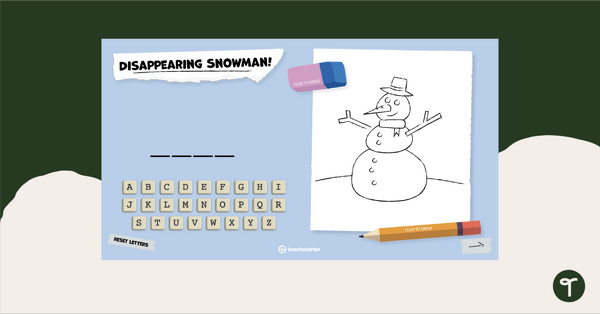
Disappearing Snowman (Hangman Alternative)
Practice vocabulary and spelling skills with this interactive word guessing game.
- Free Plan

R-Controlled Vowel Phoneme Spotter Stories
Use this set of decodable texts featuring various graphemes that make r-controlled vowel sounds.
- Plus Plan
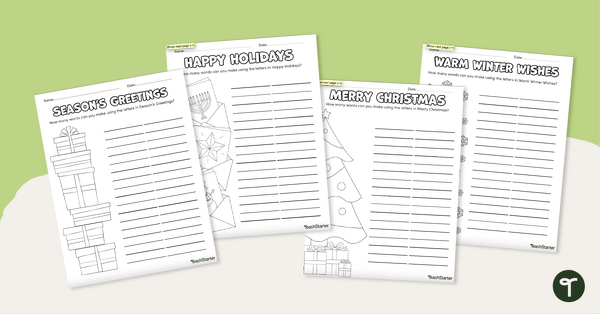
Holiday and Christmas Anagram Worksheets
Spice up your word study centers with a holiday-inspired set of anagram worksheets.
- Free Plan
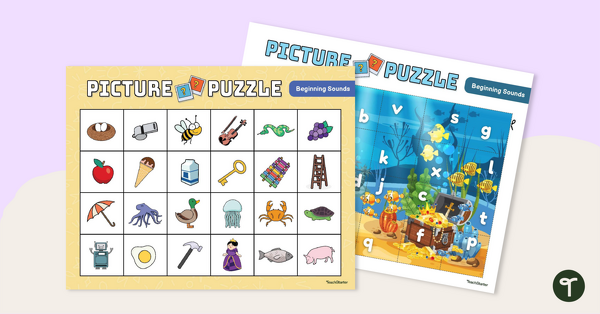
Alphabet Sounds Picture Puzzle
Dive into letter-sound correspondence with your students using this alphabet picture puzzle.
- Plus Plan
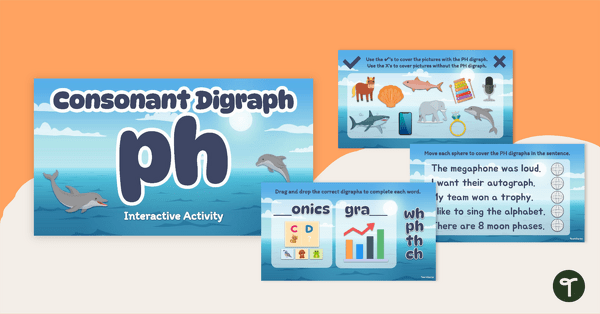
Consonant Digraph PH Interactive Activity
Engage students in practicing their learning around the consonant digraph of ‘ph’ with this fun ocean-themed interactive activity.
- Free Plan

Vowel Teams Diphthong Worksheets
Practice diphthongs with this set of fun and engaging worksheets.
- Plus Plan
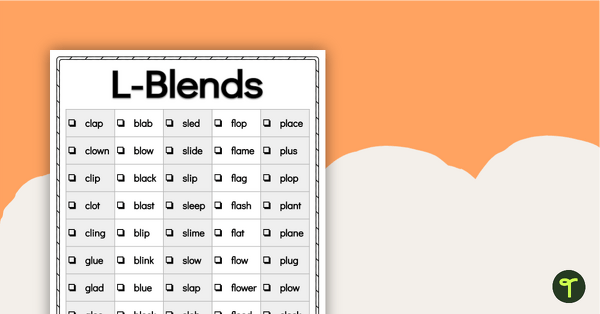
L - Blends Word List
Introduce and explore words containing an initial l-blend with a list of L-blend words.
- Plus Plan
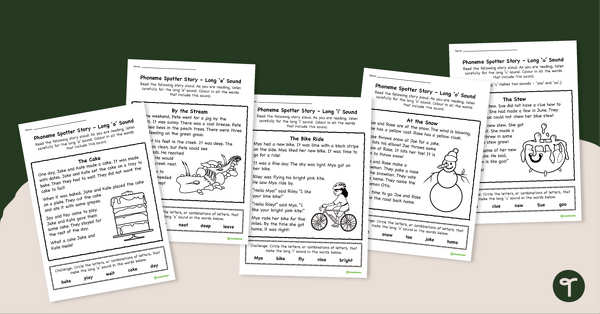
Long Vowel Phoneme Spotter Stories
Use this set of decodable texts featuring various graphemes that make long vowel sounds.
- Free Plan
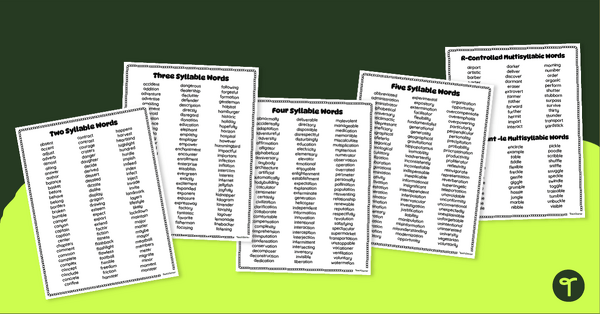
Multisyllable Word List Resource Pack
Print and use a multisyllable word list to introduce your students to more complex words and syllable patterns.
- Plus Plan
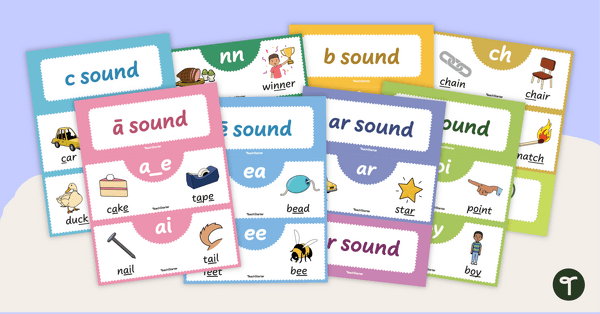
Sound Wall Classroom Interactive Bulletin Board
Print a complete Sound Wall designed to help you enhance your phonics program by displaying the phonemes your students are currently mastering.
- Plus Plan
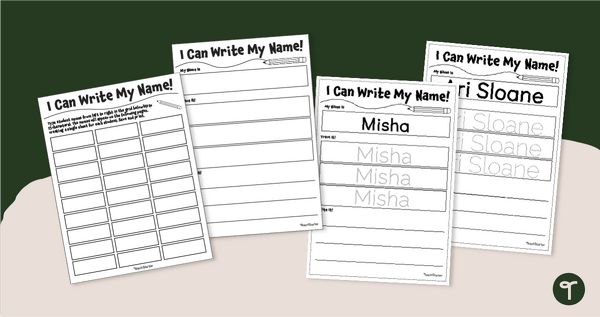
Name Tracing Worksheets - Auto-Fill Handwriting Sheets
Use our Auto-Fill Name Tracing Worksheets PDF to easily create name tracing worksheets.
- Free Plan
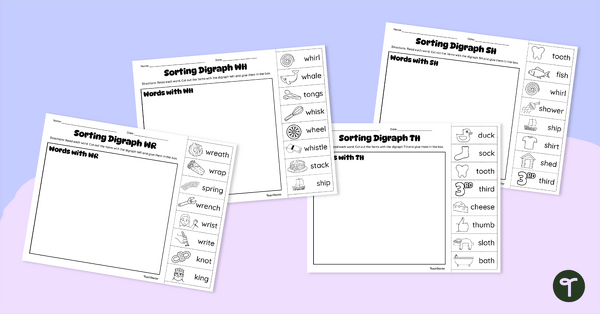
Consonant Digraph Cut-and-Paste Worksheets
Reinforce your students' knowledge of consonant digraphs with this set of cut-and-paste worksheets.
- Plus Plan
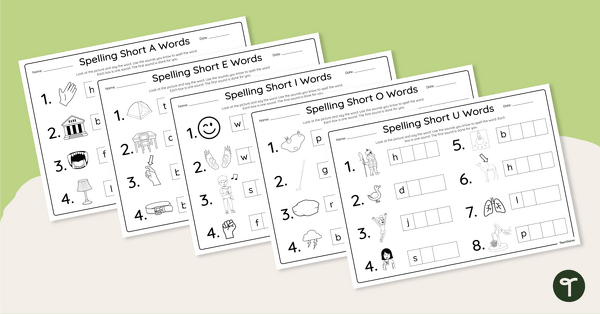
Spelling CVCC Words - Worksheets
Develop students’ ability to segment and blend the sounds in CVCC words with this set of differentiated worksheets.
- Plus Plan

CVC Word Chain Ladders - Worksheets
Build word chains with CVC words using this set of printable phonics worksheets.
- Plus Plan
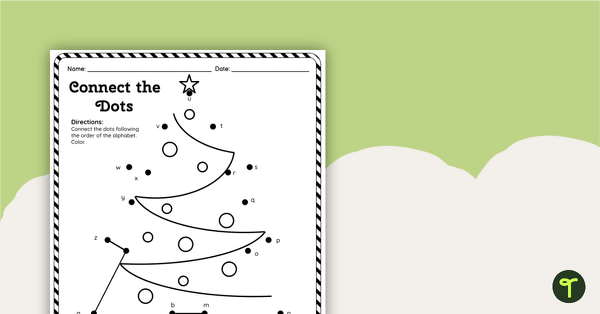
Christmas Connect the Dots Printables - Alphabet
Practice ordering the alphabet by connecting the dots on printable Christmas dot-to-dot worksheets.
- Plus Plan
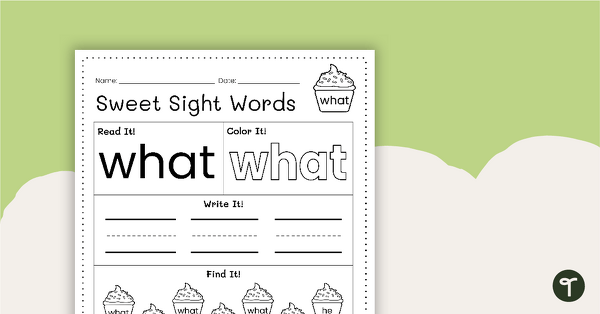
Sweet Sight Words Worksheet - What
Practice reading, writing, and identifying the high-frequency word “what” from the Kindergarten-level Dolch sight words list.
- Free Plan

Initial Letter Coloring Worksheet
Identify the first letter for each picture and then color it.
- Plus Plan
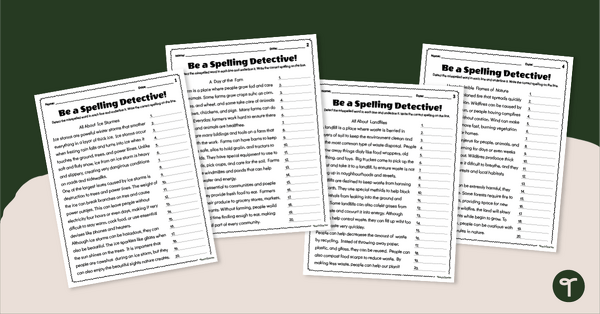
Spelling Detectives Worksheets - Fixing Spelling Errors (3-4)
Build spelling and editing skills with printable ‘Find the Spelling Errors’ Worksheets.
- Free Plan
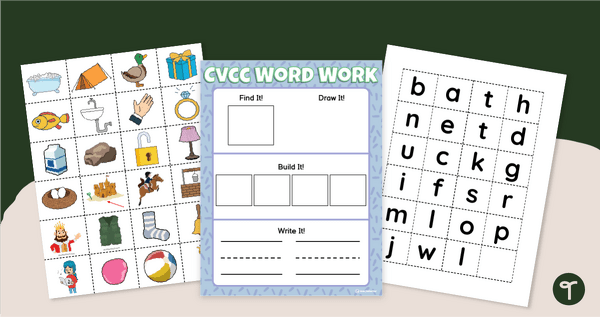
CVCC Word Work Mat
Practice segmenting and spelling simple words with this set of 24 CVCC picture task cards.
- Plus Plan
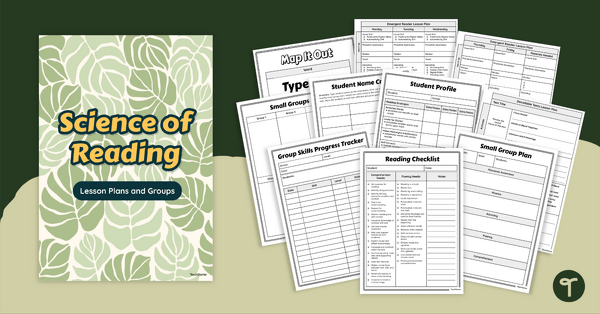
Science of Reading Group Folder Templates
Stay organized with these versatile Science of Reading Group Folder Templates, designed to offer plenty of options.
- Plus Plan
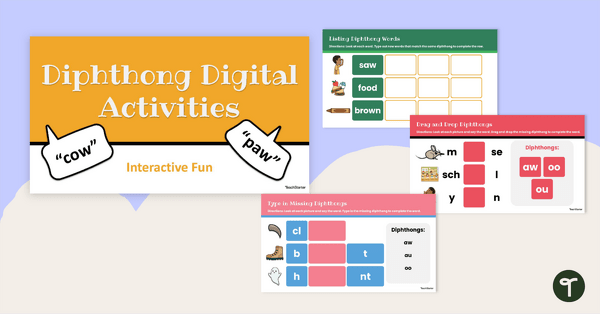
Digital Activity for Learning Diphthong Vowel Teams
Practice vowel teams knowledge with this fun and engaging digital learning activity.
- Plus Plan

Long Vowel Digraph Cut-and-Paste Worksheet
Reinforce your students' knowledge of long vowel digraphs with this set of cut-and-paste worksheets.
- Plus Plan
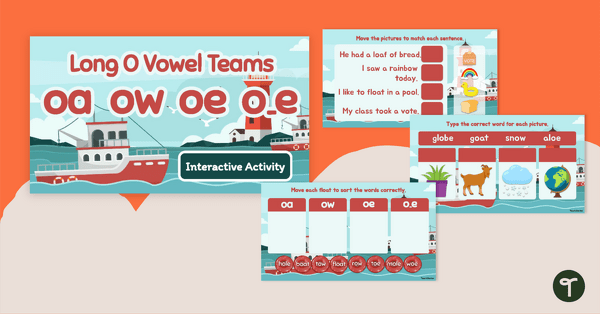
Long Vowel O Teams Interactive Activity
Practice identifying the different graphemes that spell the long /o/ sound with this fun boat-themed interactive activity.
- Plus Plan
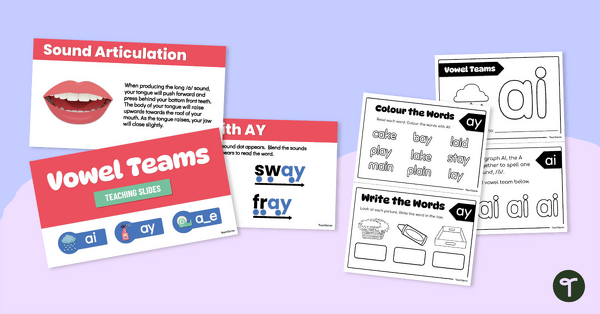
AI, AY and A_E Vowel Team Lesson Resource Pack
Introduce students to AI, AY, and A_E vowel digraphs with this set of teaching slides and mini activity book.
- Plus Plan
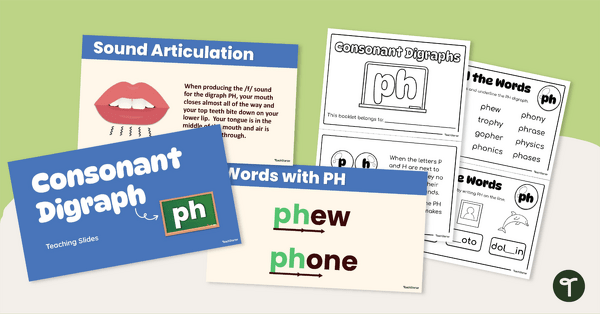
Ph Digraph Lesson Resource Pack
Introduce students to the ph digraph with this set of teaching slides and mini activity book.
- Plus Plan
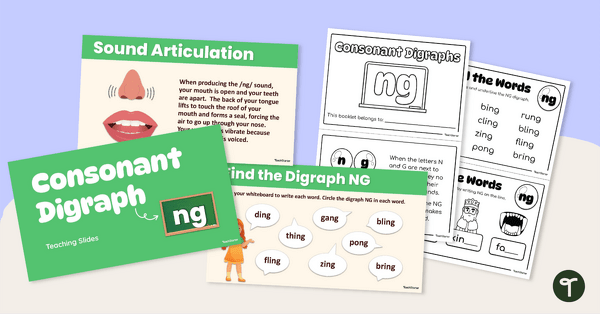
Ng Digraph Lesson Resource Pack
Introduce students to the ng digraph with this set of teaching slides and mini activity book.
- Plus Plan
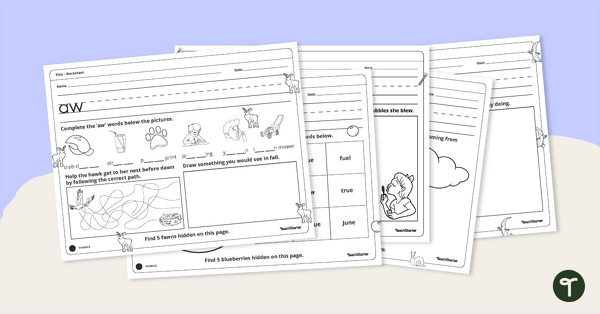
Vowel Teams Worksheet Pack
Practice writing and enhancing knowledge of vowel digraphs with this worksheet pack.
- Free Plan

Spaceship Word Chains - Worksheets
Manipulate the individual phonemes in 3- and 4-letter words to create new ones with this set of word chain worksheets.
- Plus Plan
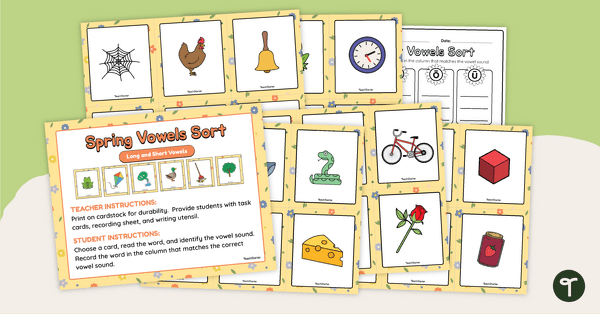
Spring Short and Long Vowel Sort
Practice distinguishing short and long vowels with a Spring-themed short and long vowel sorting activity.
- Free Plan
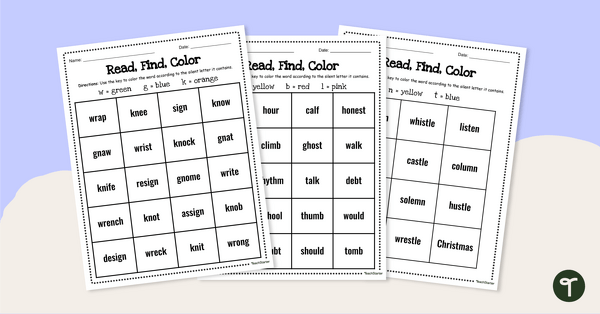
Silent Letters Worksheets - Read, Find, and Color
Identify letters that are silent with this set of three find and color worksheets.
- Plus Plan
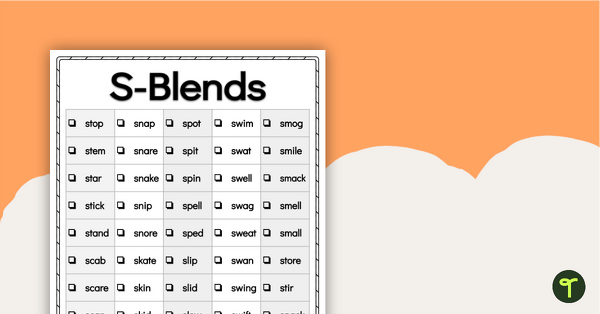
S-Blends Word List
Introduce and explore words containing an initial s-blend using an s-blends word list.